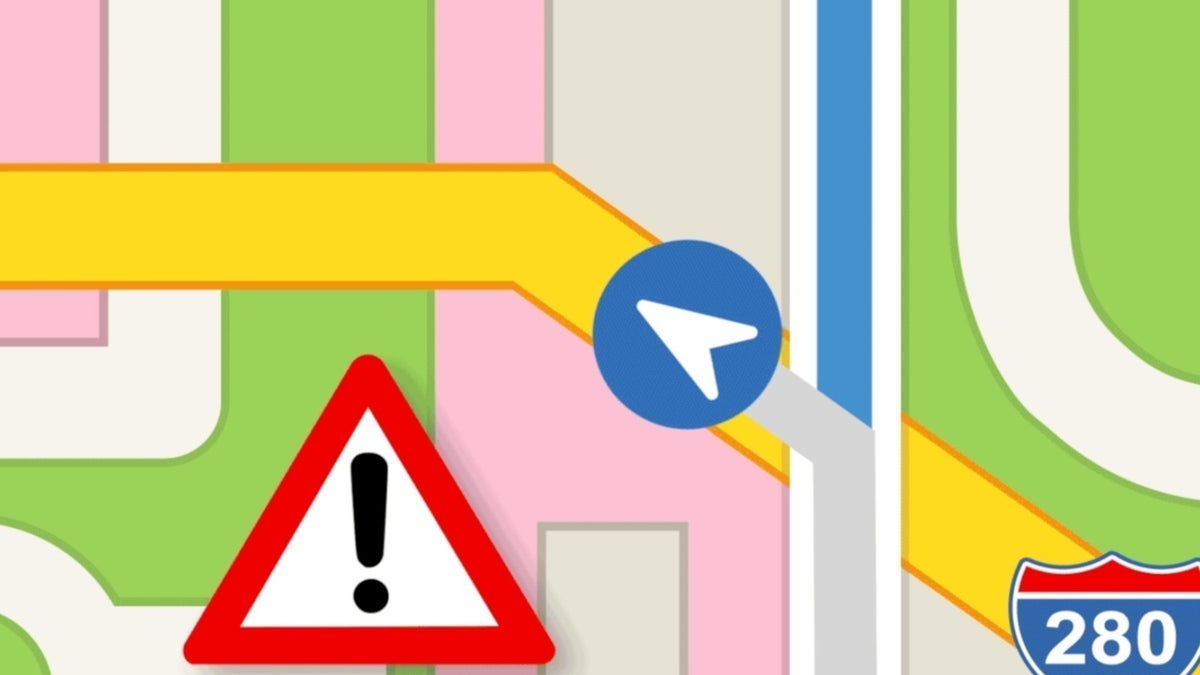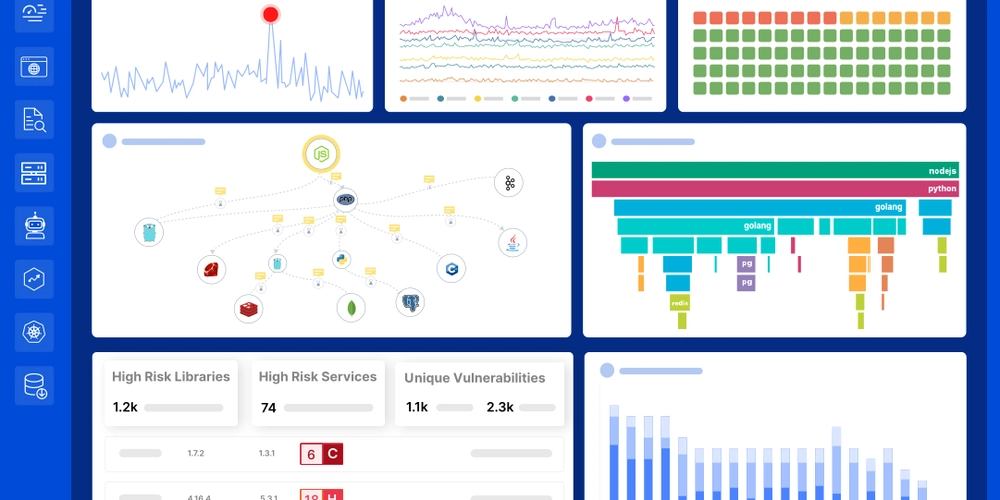The Role of Automation in Email Marketing Using Python
Email marketing remains one of the most effective channels for businesses to connect with their audience. It’s personal, direct, and yields a high ROI. But in today’s fast-paced digital world, manually sending emails to thousands of subscribers is not feasible. Enter automation—a game-changer that streamlines the entire email marketing process. And when it comes to automating with flexibility and control, Python stands out as the go-to language. In this article, we'll explore how Python plays a critical role in email marketing automation and how you can start building your automated workflows. Why Automate Email Marketing? Before diving into Python, let’s briefly touch on why email automation matters. Key Benefits of Automation: **Saves Time: **Schedule campaigns in advance and send personalized emails without manual effort. Increases Engagement: Trigger emails based on user behavior (like welcome emails, reminders, or abandoned cart notifications). Improves Accuracy: Reduce human error in formatting, scheduling, or sending emails. Enables Scalability: Reach thousands of users without increasing workload. Why Use Python for Email Automation? While many email marketing platforms offer built-in automation (like Mailchimp or ConvertKit), Python gives developers greater flexibility, custom logic, and integration capabilities with other systems such as CRMs, databases, APIs, and more. Python is: Beginner-friendly Rich in libraries for email handling, scheduling, data processing, and more Easily integrable with external APIs and databases Tools and Libraries You’ll Need To automate email marketing in Python, you can use a mix of built-in libraries and third-party tools: Example Use Case: Welcome Email Automation Let’s go through a simple example where we send automated welcome emails to new users added in a CSV file. Step 1: Prepare Your CSV Step 2: Python Script to Send Emails Tip: Always store credentials securely using environment variables or secret managers in production. Step 3: Add Scheduling (Optional) You can use the schedule module to send emails daily, weekly, or at specific times. Level Up with Templates Static emails are boring. Use Jinja2 to create dynamic, personalized content. Install it: Example Template (welcome_template.txt): Python Integration: Advanced Automation Ideas Once you grasp the basics, you can start building more complex workflows: Behavioral Triggers • Send an email when a user clicks a specific link. • Notify a user who abandoned their shopping cart. A/B Testing • Use Python to test different email subject lines and analyze which one performs better. Analytics • Use libraries like pandas to analyze open rates, click rates, and bounce rates from logs or APIs. API Integration Integrate with third-party tools like: • SendGrid • Mailgun • Amazon SES These services offer Python SDKs or REST APIs to send emails at scale with better deliverability. Real-Time Use Case: API-Based Email Automation Here’s a quick example using the SendGrid API: Best Practices Don’t Spam: Always get permission before sending emails. Respect Unsubscribe Requests: Automate unsubscribe functionality too. Personalize Whenever Possible: Use dynamic content. Monitor and Log Everything: Keep track of sent emails, failures, and retries. Secure Your Scripts: Avoid hardcoding credentials. Use .env files or cloud secret managers. Summary Automation is transforming the way marketers operate, and Python is the perfect ally in this journey. Whether you're a solo developer running a side project or a company looking to scale outreach, Python-powered email automation can save you time, improve accuracy, and boost engagement. By combining powerful libraries with logical workflows, you can build anything from a basic email scheduler to a fully-fledged marketing automation system. Start small. Think big. Automate smart.

Email marketing remains one of the most effective channels for businesses to connect with their audience. It’s personal, direct, and yields a high ROI. But in today’s fast-paced digital world, manually sending emails to thousands of subscribers is not feasible.
Enter automation—a game-changer that streamlines the entire email marketing process. And when it comes to automating with flexibility and control, Python stands out as the go-to language. In this article, we'll explore how Python plays a critical role in email marketing automation and how you can start building your automated workflows.
Why Automate Email Marketing?
Before diving into Python, let’s briefly touch on why email automation matters.
Key Benefits of Automation:
**Saves Time: **Schedule campaigns in advance and send personalized emails without manual effort.
Increases Engagement: Trigger emails based on user behavior (like welcome emails, reminders, or abandoned cart notifications).
Improves Accuracy: Reduce human error in formatting, scheduling, or sending emails.
Enables Scalability: Reach thousands of users without increasing workload.
Why Use Python for Email Automation?
While many email marketing platforms offer built-in automation (like Mailchimp or ConvertKit), Python gives developers greater flexibility, custom logic, and integration capabilities with other systems such as CRMs, databases, APIs, and more.
Python is:
- Beginner-friendly
- Rich in libraries for email handling, scheduling, data processing, and more
- Easily integrable with external APIs and databases
Tools and Libraries You’ll Need
To automate email marketing in Python, you can use a mix of built-in libraries and third-party tools:
Example Use Case: Welcome Email Automation
Let’s go through a simple example where we send automated welcome emails to new users added in a CSV file.
Step 1: Prepare Your CSV
Step 2: Python Script to Send Emails
Tip: Always store credentials securely using environment variables or secret managers in production.
Step 3: Add Scheduling (Optional)
You can use the schedule module to send emails daily, weekly, or at specific times.
Level Up with Templates
Static emails are boring. Use Jinja2 to create dynamic, personalized content.
Install it:
Example Template (welcome_template.txt):
Advanced Automation Ideas
Once you grasp the basics, you can start building more complex workflows:
Behavioral Triggers
• Send an email when a user clicks a specific link.
• Notify a user who abandoned their shopping cart.
A/B Testing
• Use Python to test different email subject lines and analyze which one performs better.
Analytics
• Use libraries like pandas to analyze open rates, click rates, and bounce rates from logs or APIs.
API Integration
Integrate with third-party tools like:
• SendGrid
• Mailgun
• Amazon SES
These services offer Python SDKs or REST APIs to send emails at scale with better deliverability.
Real-Time Use Case: API-Based Email Automation
Here’s a quick example using the SendGrid API:
- Don’t Spam: Always get permission before sending emails.
- Respect Unsubscribe Requests: Automate unsubscribe functionality too.
- Personalize Whenever Possible: Use dynamic content.
- Monitor and Log Everything: Keep track of sent emails, failures, and retries.
- Secure Your Scripts: Avoid hardcoding credentials. Use .env files or cloud secret managers.
Summary
Automation is transforming the way marketers operate, and Python is the perfect ally in this journey. Whether you're a solo developer running a side project or a company looking to scale outreach, Python-powered email automation can save you time, improve accuracy, and boost engagement.
By combining powerful libraries with logical workflows, you can build anything from a basic email scheduler to a fully-fledged marketing automation system.
Start small. Think big. Automate smart.


















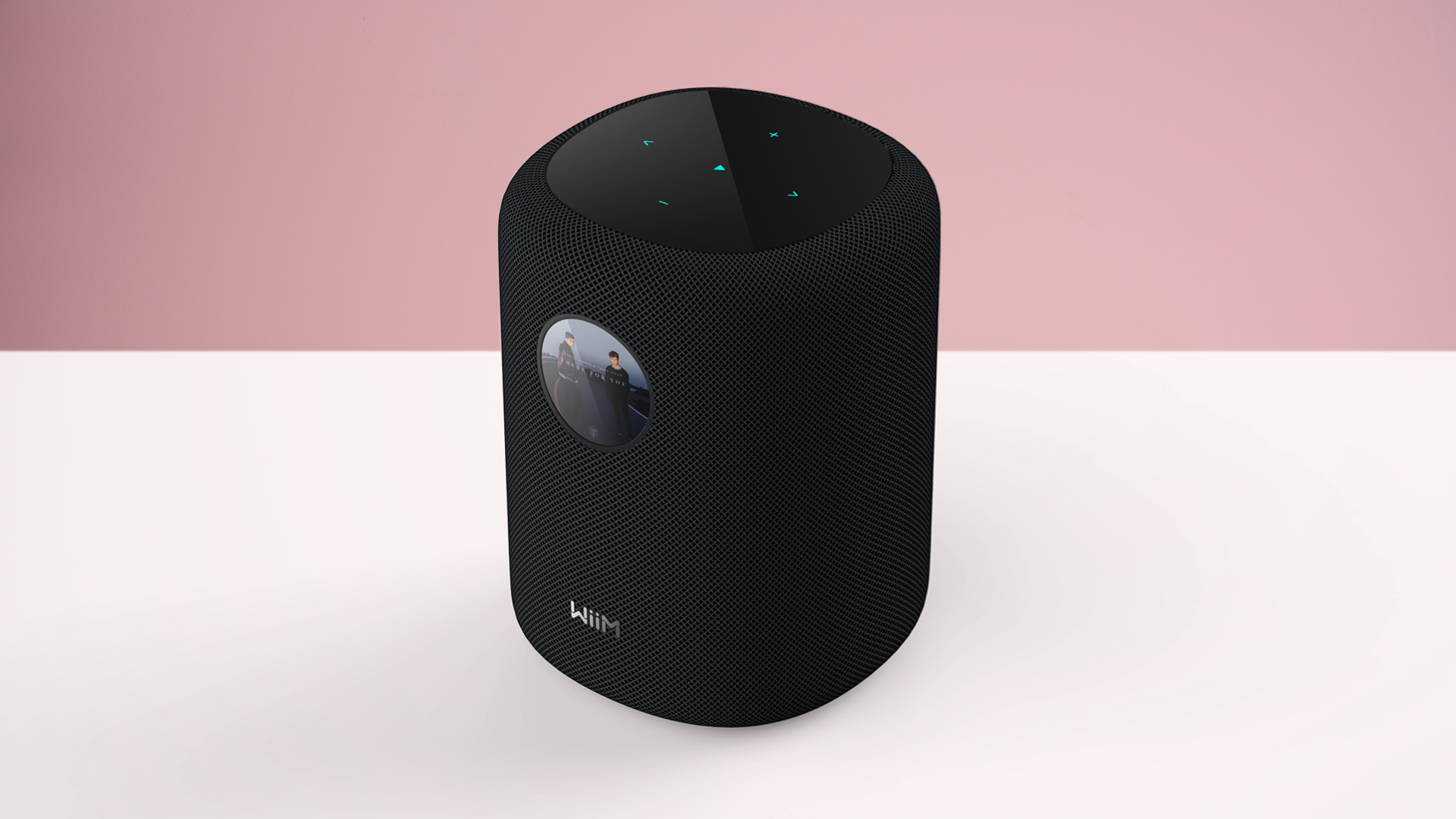





























































































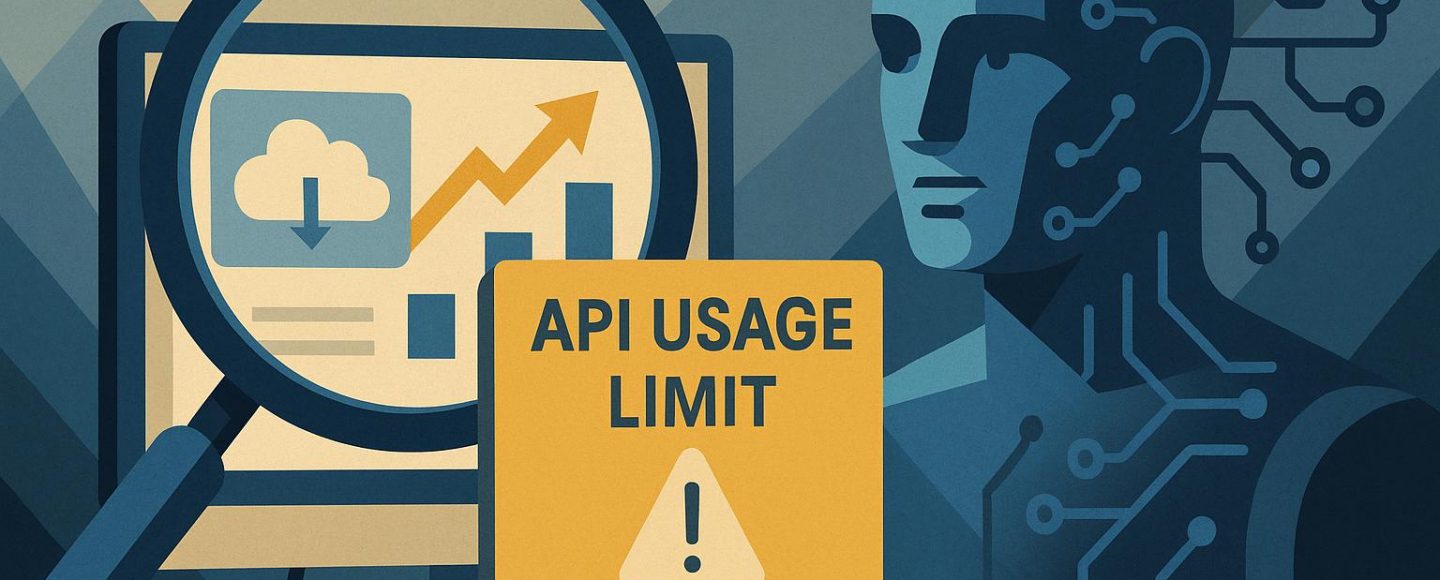



















































![[The AI Show Episode 147]: OpenAI Abandons For-Profit Plan, AI College Cheating Epidemic, Apple Says AI Will Replace Search Engines & HubSpot’s AI-First Scorecard](https://www.marketingaiinstitute.com/hubfs/ep%20147%20cover.png)













































































































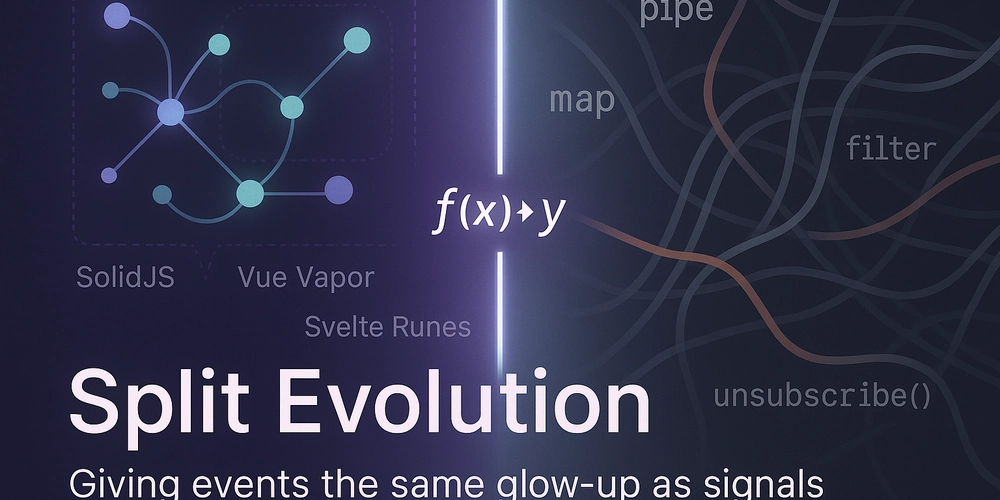

















































































![Legends Reborn tier list of best heroes for each class [May 2025]](https://media.pocketgamer.com/artwork/na-33360-1656320479/pg-magnum-quest-fi-1.jpeg?#)


































































_KristofferTripplaar_Alamy_.jpg?width=1280&auto=webp&quality=80&disable=upscale#)



















































































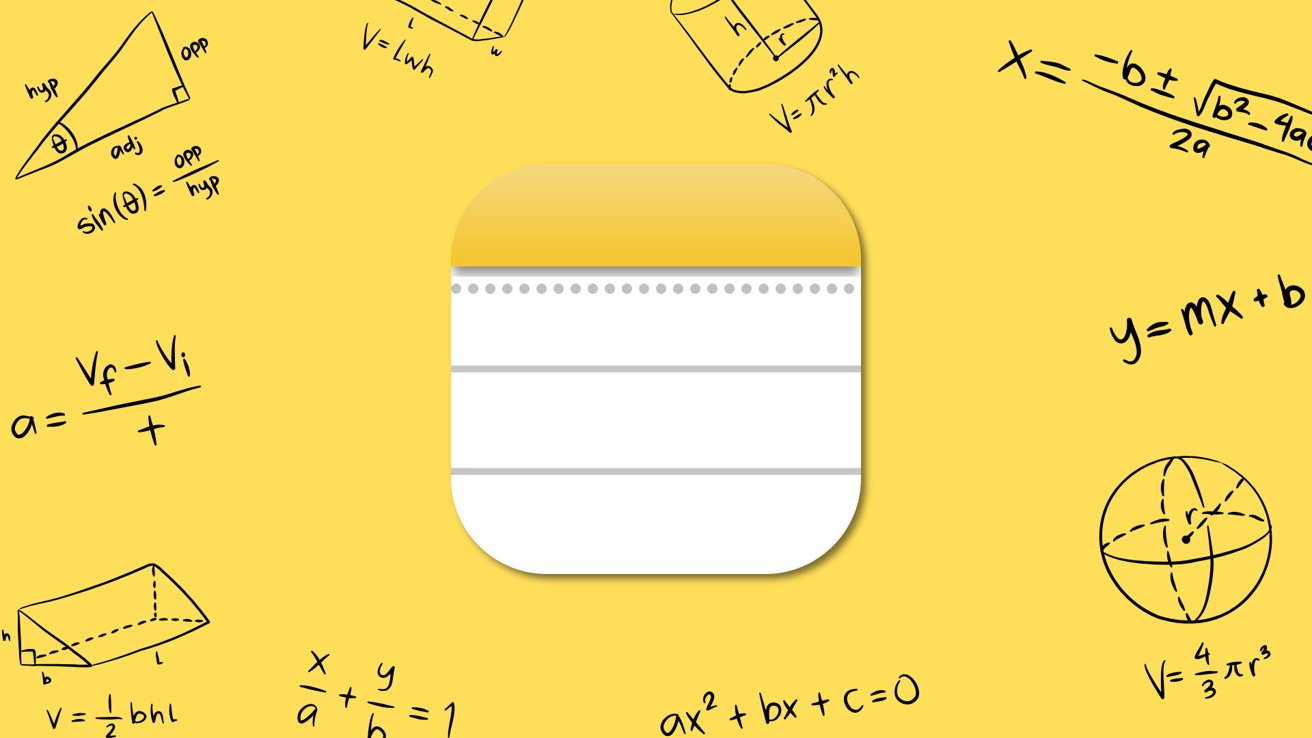
-xl.jpg)







![[Open Thread] Android 16 is just weeks away, but has it met your early expectations?](https://www.androidauthority.com/wp-content/uploads/2025/03/android-16-logo-outside-hero-1-scaled.jpeg)






















![Vision Pro May Soon Let You Scroll With Your Eyes [Report]](https://www.iclarified.com/images/news/97324/97324/97324-640.jpg)
![Apple's 20th Anniversary iPhone May Feature Bezel-Free Display, AI Memory, Silicon Anode Battery [Report]](https://www.iclarified.com/images/news/97323/97323/97323-640.jpg)

















































